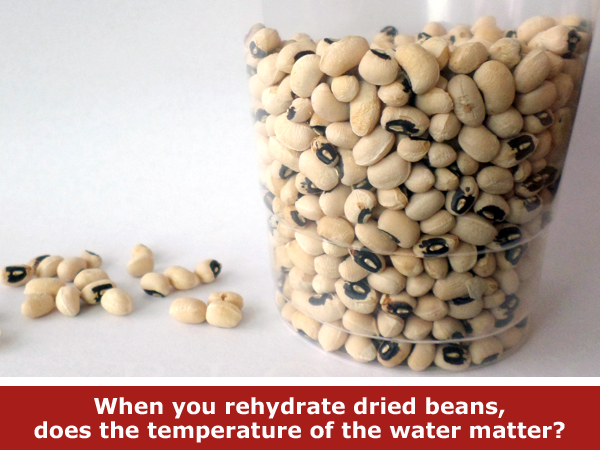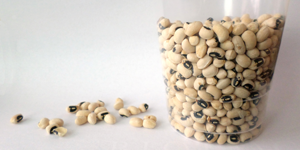Bean Soup Science: Weekly Science Activity Spotlight
Log In
In this week's spotlight: a food science activity for the New Year. Eating black-eyed peas is a New Year's Day tradition in some places, and soaking the peas in water is the first step. Whether you are making black-eyed peas or a soup or stew that uses dried beans, a bit of kitchen science may help speed up the process of rehydrating dried beans (or legumes). What difference does the temperature of the water used to soak the beans make in terms of how long the beans need to soak? Does the same thing happen with all types of dried beans? Put black-eyed peas, split peas, lentils, or other legumes to the test and see what difference temperature makes on your way to preparing a homemade soup to welcome in the New Year and warm up a winter day.
- Is the Soup Ready? Measure How Much Water is Absorbed by Dried Beans (full Science Buddies project idea)
- Soupy Science: Investigate How Dried Beans Absorb Water (science activity at Scientific American)
Categories:
You Might Also Enjoy These Related Posts:
- 15 STEM Gifts & Science Kits You'll Feel Good About Giving
- 13 Boat Science and Submarine Science Projects and Experiments
- July 4th STEM! Summer Science Picks for Independence Day!
- 12 Science Kits for Summer Science Experiments and Discovery
- 15 Science Projects to Make and Give for Father's Day
- Ready, Set, Go! (Awesome Summer Science Experiments)
- Awesome Summer Science Experiments
- 10 STEM Activities with Cardboard Tubes
Explore Our Science Videos
Mold Hard Boiled Eggs
Investigate Alien Genetics
Why Aren't All Medicines Pills?











